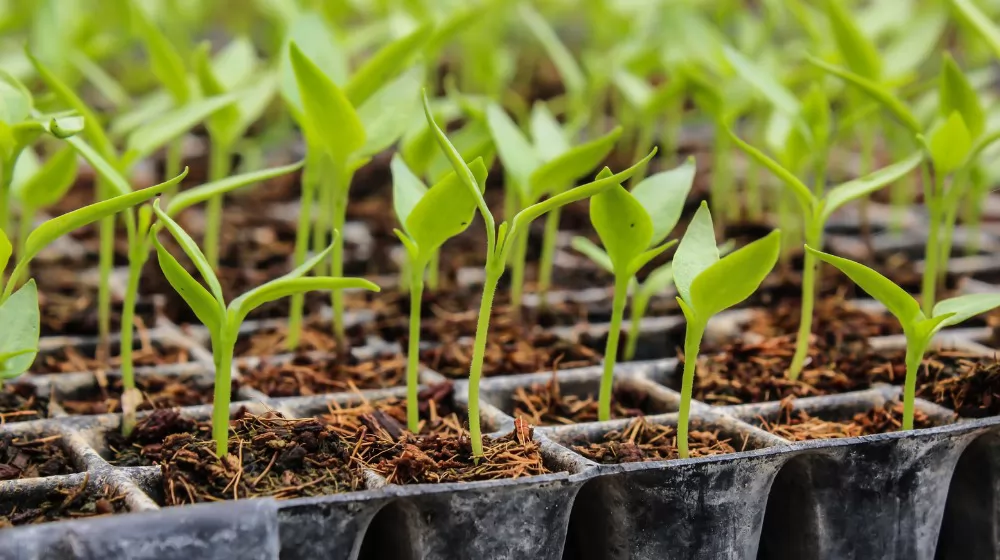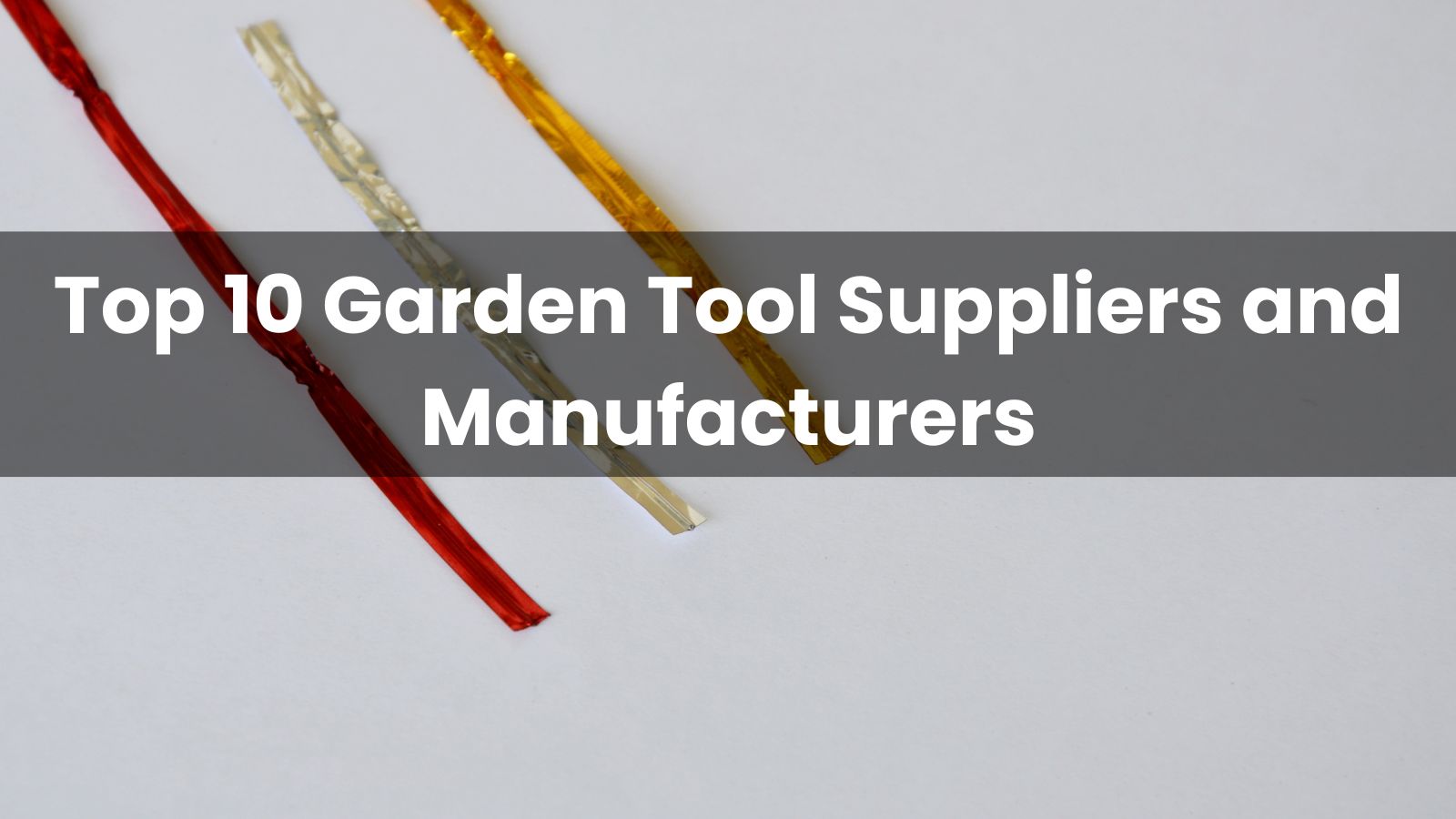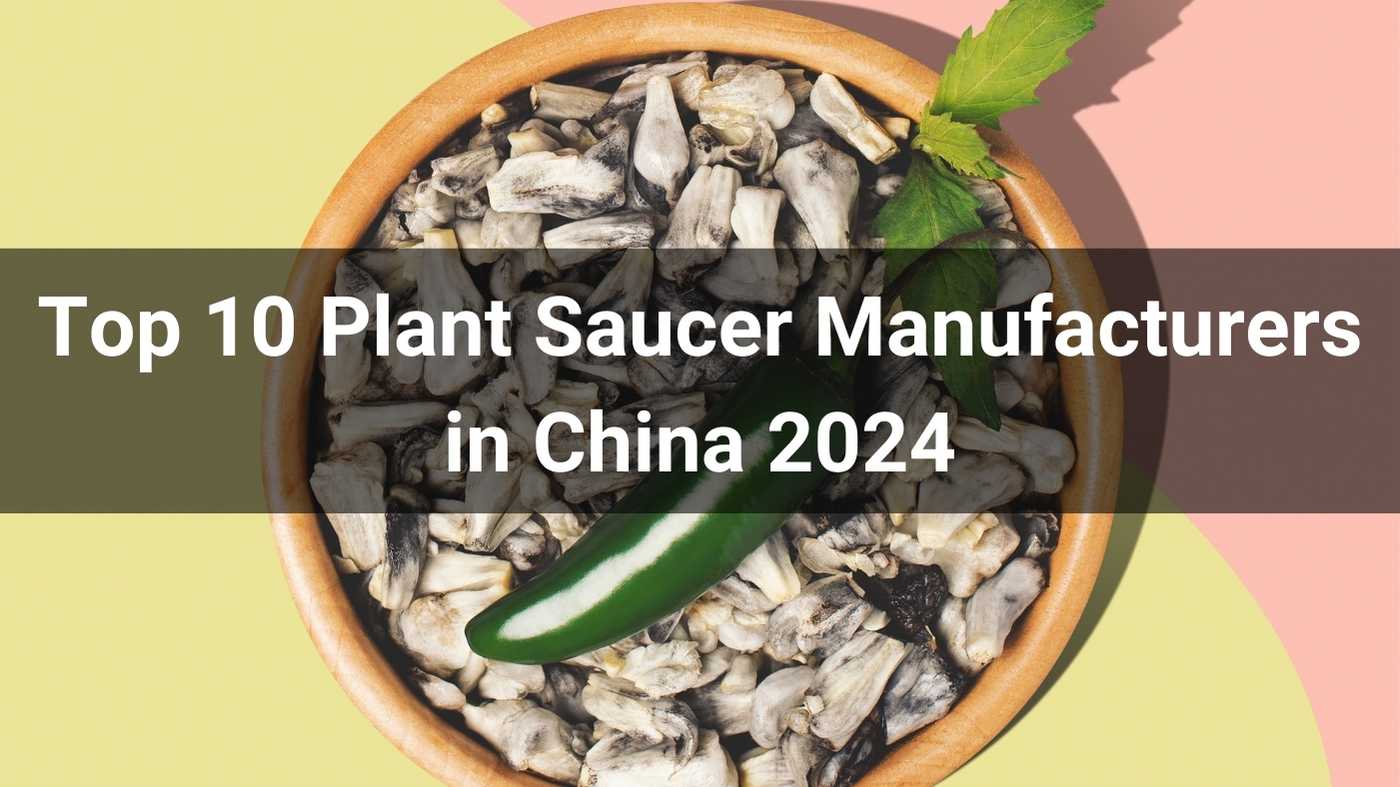
Whether you are a seasoned gardener or just beginning your planting journey, understanding the importance of the correct seed starting tray can make all the difference. From plant starter pods to seedling shelves, and from DIY seed starting trays to professional plug tray sizes, we've covered everything you need to kickstart your gardening season successfully. Stay tuned as we dive deep into the world of seed starting, providing you with expert tips, tricks, and insights to ensure your gardening venture flourishes.
Let's dive into the core of gardening beginnings: Seed Starting Cell Trays. Picking the right tray isn't just about getting your seeds into the soil; it's about setting the stage for their entire lifecycle. Imagine, if you will, embarking on a journey. Would you choose a rocky, cramped path, or a clear, spacious road? This is the choice you're making for your seeds.
Using the appropriate plant starter pods or seedling trays can significantly affect your plants' growth, health, and overall success. These trays serve as the initial home where your seeds will germinate and start their growth before being transplanted into larger pots or outdoor gardens. But why does the size, material, and design of a seed starting tray matter so much?
Firstly, different plants require different amounts of space, moisture, and air circulation. The right seed tray sizes and plug tray sizes can ensure that each seedling has enough room to develop without being overcrowded by its neighbors. This is crucial for preventing diseases and promoting strong, healthy root systems. Moreover, the design of the tray can impact water drainage and retention, vital for seed germination and young plant growth.
Furthermore, choosing the right seedling pods or trays can streamline the transplanting process. This is especially important when considering when to move seedlings from tray to their next stage of life. The right trays make this process smoother, reducing stress on the plants and ensuring they can continue growing without interruption.
In conclusion, selecting the right seed starting cell trays is not just a minor detail; it's a foundational decision that affects the trajectory of your gardening success. As we delve deeper into specifics in the following chapters, remember that starting off on the right foot with the best planting trays for sale can lead to healthier plants and more bountiful harvests down the line.

When embarking on your planting journey, understanding the nuances of seed starting cell trays is crucial. These foundational tools can significantly impact your seedlings' growth and overall success. Let’s dive deep into the world of seed starting trays, exploring the different types, materials, and configurations available to you.
Seed starting trays come in a variety of forms to cater to different needs and preferences. From plastic to biodegradable, and individual cells to community trays, each type serves a unique purpose. Understanding these options will enable you to select the most suitable tray for your gardening requirements.
Plastic trays are durable and reusable, making them a cost-effective option for long-term use. On the other hand, biodegradable trays offer an eco-friendly alternative, decomposing naturally after transferring the seedlings to the garden. Each has its own advantages and disadvantages, depending on your sustainability goals and budget.
Individual cell trays allow each seedling its own space, reducing the risk of root entanglement and making transplantation easier. Community trays, however, are more space-efficient and ideal for large-scale operations, though they may require more careful handling during transplant.
Seed starting trays typically come in various standard sizes, each suited to different types of plants. For instance, smaller cells are perfect for most vegetables and flowers, while larger ones may be better for bigger seeds or plants that need more room to grow.
Each tray type comes with its own set of pros and cons. Weighing these will help you make an informed decision based on your specific needs, such as durability, cost, environmental impact, and the nature of your seedlings.
While plastic trays are less expensive and offer longevity, they are not environmentally friendly unless recycled properly. However, their reusability can be a significant advantage for regular gardeners.
Biodegradable trays eliminate waste and enhance soil health as they decompose. However, they can be more costly upfront and may not support the seedlings as well as plastic alternatives during early growth stages.
Deciding between reusable and disposable trays depends on your gardening practices and environmental concerns. Reusable trays, typically made of plastic, are great for those who plant seasonally, while disposable, often biodegradable trays might suit those looking for convenience and sustainability.

Selecting the right seed starting trays goes beyond just picking any container; it's about understanding the specific needs of your seeds and your gardening environment. Let’s walk through the critical factors that will guide you in choosing the perfect trays for your gardening venture.
The type and size of seeds you plan to grow play a pivotal role in selecting the right tray. Different seeds require different spacing, depth, and environmental conditions to flourish. Matching the tray cell size to the seed type is crucial for ensuring proper growth and germination.
Larger seeds, like beans and sunflowers, need larger cells for adequate growth space, while smaller seeds, such as lettuce and tomatoes, can thrive in smaller cells. The right cell size ensures your seeds have enough room to develop robust root systems without wasting space or resources.
Seed size can also affect germination rates and growth patterns. Larger seeds generally contain more nutrients, providing seedlings with a head start, but they also require more room to expand and grow efficiently.
Whether you're starting your seeds indoors or outdoors directly influences your choice of seed starting trays. Consider the climate and temperature of your growing environment to ensure your seedlings can thrive.
Indoor environments offer more control over growing conditions, making smaller or individual cell trays more manageable. For outdoor starts, consider more robust and weather-resistant trays.
The climate of your region can significantly impact the success of your seedlings. Ensure your trays and their respective covers or domes are suitable for the temperature and humidity levels expected.
Understanding your space limitations and the quantity of plants you intend to grow is essential for selecting the right tray size and model.
Evaluate the space you have available for your seed trays and how it aligns with the number of plants you wish to grow. This planning step is vital to avoid overcrowding and to ensure optimal growth conditions.
Consider the variety and quantity of plants in your gardening plan. Different species may require different tray types or spacing needs, impacting how many trays you'll require.
Proper drainage and airflow are non-negotiable for healthy seedling development. Ensure your seed starting trays have adequate drainage holes and are placed in an area that promotes air circulation.
Good drainage prevents waterlogging, which can lead to root rot and other moisture-related diseases. Choose trays that allow excess water to escape while retaining enough moisture to keep the soil damp.
Adequate airflow reduces the risk of fungal diseases and promotes strong, healthy growth. Ensure your growing area is well-ventilated and that trays are spaced to allow air to circulate freely around each seedling.
Finally, consider the longevity and environmental impact of your seed starting trays. Opt for durable and reusable options if you plan to garden year after year, and consider the sustainability of materials if environmental impact is a concern for you.
Reusable trays, especially those made from sturdy materials, can serve your gardening needs for multiple seasons, reducing waste and saving money in the long term.
If sustainability is a priority, consider the environmental footprint of your trays. Biodegradable options can be a great choice, contributing less waste to landfills compared to their plastic counterparts.

Enhancing the germination and growth of your seedlings involves more than just placing seeds in soil. It requires attention to several factors, including the choice of soil and medium, moisture levels, lighting, temperature, and the process of transplanting and acclimatization. Let's delve into how you can optimize these elements for your seedlings' best start in life.
Selecting the right soil or medium is the first step in ensuring successful seed germination and growth. Not all soil is created equal, and the best type for seed starting is light, nutrient-rich, and well-draining.
A sterile, peat-based or coconut coir mix is often recommended for seed starting. These mediums are free from pathogens and provide the lightness and aeration seedlings need to develop strong root systems.
Before filling your trays, moisten the soil slightly. This makes it easier to work with and helps ensure even moisture distribution for your seeds. Fill each cell with the soil mix, leaving a small space at the top for easy watering.
Proper moisture is critical for seed germination and growth. The soil should be kept consistently moist but not waterlogged.
Check the moisture level daily by gently pressing your finger into the soil. If it feels dry, it's time to water. If it feels soggy, reduce watering frequency.
For plastic trays, bottom watering is effective in encouraging deep root growth. For biodegradable trays, gentle top watering or misting may be more appropriate to prevent the material from breaking down too quickly.
Adequate light and appropriate temperatures are essential for healthy seedling development.
Seedlings require plenty of light to grow strong and healthy. Position your trays under a grow light or in a sunny spot, ensuring they receive at least 12-16 hours of light each day.
Different plants have different temperature needs for optimal growth. Most seedlings thrive in temperatures between 65-75°F. However, check the specific requirements for the plants you are growing, as some may need warmer or cooler conditions.
Once your seedlings are strong enough, they will need to be transplanted to larger pots or your garden.
Transplant seedlings once they have developed their second set of true leaves. Gently remove them from the trays, being careful not to damage the roots, and transplant them into their new home.
Before planting outdoors, seedlings need to be acclimatized to outside conditions, a process known as hardening off. Gradually expose them to outdoor conditions over a week to reduce shock and improve their chances of thriving.

Ready to take your seed starting game to the next level? Whether you're looking to save money, solve common gardening challenges, or simply maximize your space, these advanced tips and tricks will help you elevate your gardening prowess.
Creating your own seed starting trays is not only cost-effective but also environmentally friendly. Let's explore how you can turn everyday items into functional plant starters.
Use items like egg cartons, yogurt cups, or toilet paper rolls as makeshift seed starting trays. Just ensure they have proper drainage by poking holes at the bottom.
Explore upcycling by transforming old bookshelves or drawers into vertical seed starting units. This not only saves space but also repurposes furniture that would otherwise go to waste.
Even experienced gardeners face issues like mold, fungus, or germination problems. Understanding how to tackle these can save your seedlings and ensure their healthy growth.
Improve air circulation around your seedlings and reduce moisture levels to combat mold and fungus. If issues persist, consider a natural fungicide or cinnamon sprinkle over the affected areas.
Ensure your seeds are fresh and that they're planted at the correct depth. Consistent moisture and the right temperature are crucial for overcoming germination issues.
Limited space doesn't mean limited gardening. With the right strategies, you can maximize both space and efficiency in your seed starting endeavors.
Utilize vertical space by hanging seed trays on walls or creating tiered shelving units. This approach not only saves space but also keeps your seedlings within easy reach.
Implement rotational planting by starting new seeds at different intervals. This ensures a continuous supply of seedlings ready to be transplanted, optimizing your garden's productivity.
In conclusion, selecting the right seed starting trays is crucial for the success of your gardening projects. From moisture control to optimal growth conditions, the right tray can set the stage for healthy, robust seedlings. As the leading Seed Starting Trays manufacturer, Linkwin is committed to providing top-quality products that cater to all your gardening needs. Explore our wide range of solutions and find the perfect fit for your seeds at https://www.agriculturaltool.com/. Start your gardening season right with Linkwin, and watch your green dreams grow into reality!











We use cookies to make the website work, to provide advanced features, social media and traffic analysis, and we use analytics and third-party advertising cookies. If you choose to click "Deny All", you will retain the default setting of not allowing the use of cookies or other tracking tools other than technical tools.

